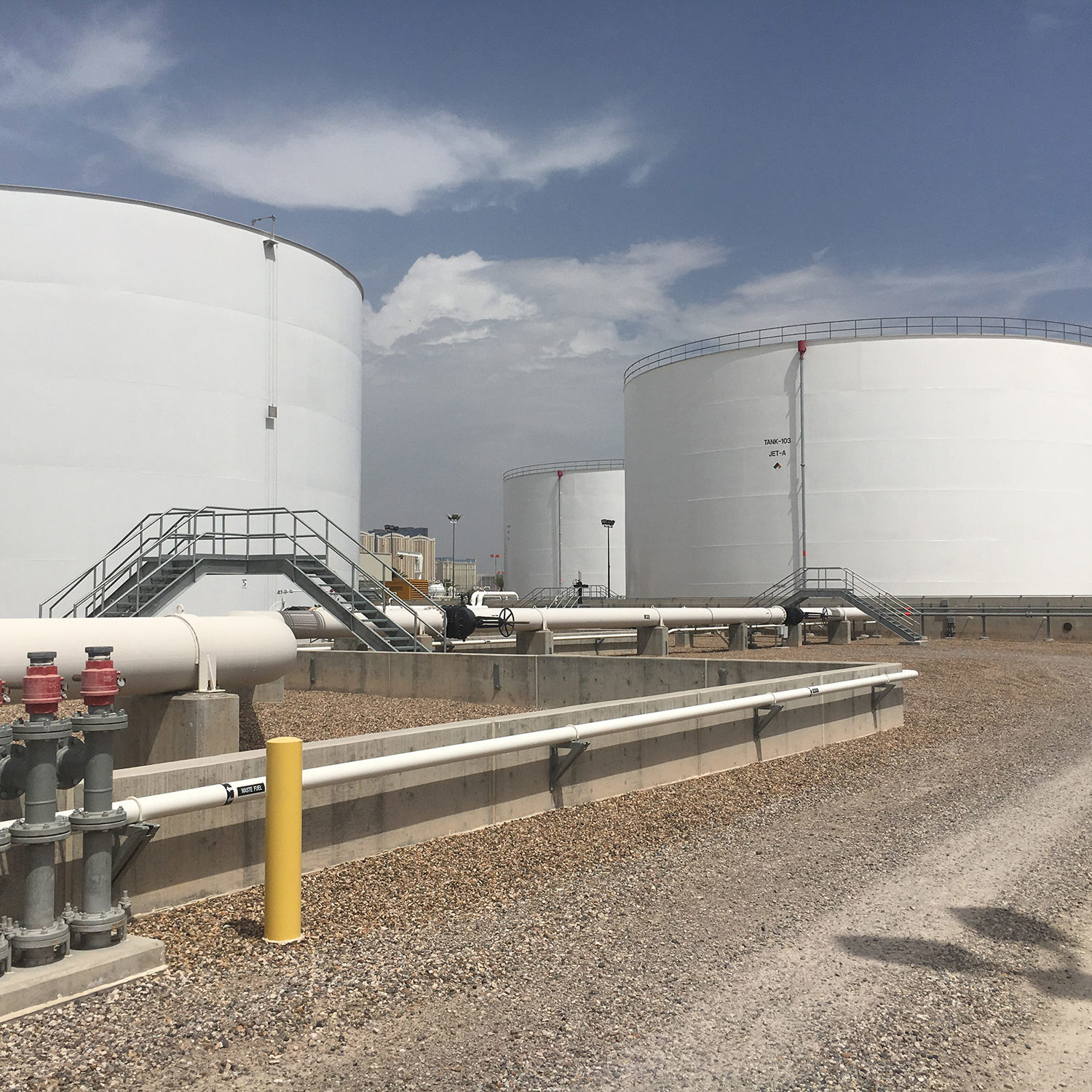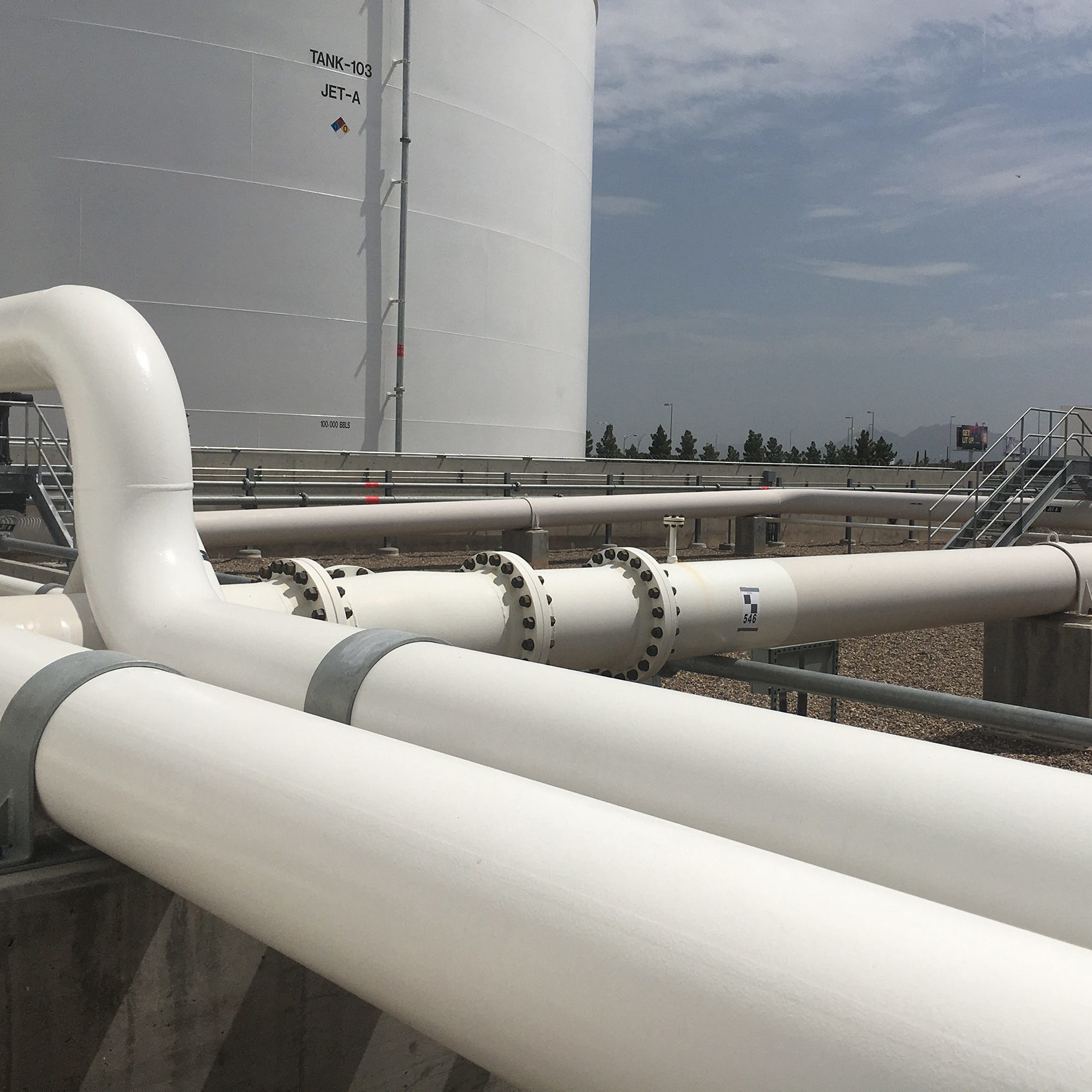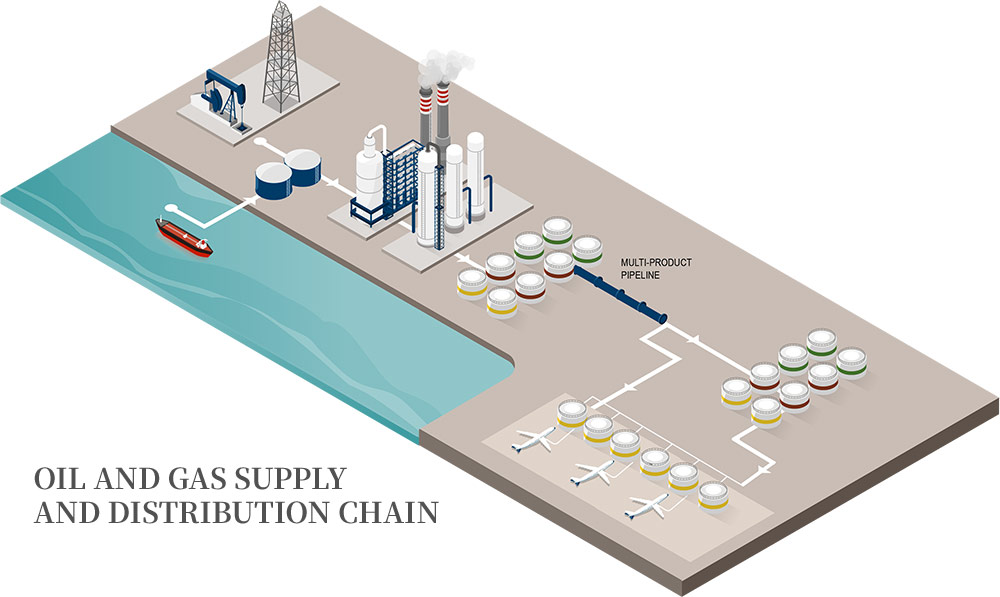
Case Study: Evaluating Asset Fitness for Service
Learn how utilizing SAIM data trends helped detect faulty equipment and aided with critical decision making.

Case Study: Monitoring Fuel During a Pandemic
Learn how the SAIM Inventory Module played a critical role in informing fuel storage and supply decisions as consumption halted due to COVID-19.

Case Study: Making Informed Decisions in an Emergency
Learn how SAIM helped to minimize business interruption during an off-spec fuel event at a major airport.
Case Study: Evaluating Asset Fitness for Service
Learn how utilizing SAIM data trends helped detect faulty equipment and aided with critical decision making.
The Situation
The operator of the fuel storage facility of a major international airport relies on radar gauges on the fuel tanks to measure fuel level. SAIM collects and archives the fluid level data from these gauges in real-time. Using the live dashboards, SAIM support staff reviewed the historical data and noticed sudden, unusual spikes in fluid level values. They knew it was impossible for a tank to fill up so quickly.

Challenges
SAIM Solutions
The Impact
SAIM is critical for equipment health monitoring, or assets fitness-for-service. In this case, the operator had solid evidence and historical data to engage with the radar manufacturer and request repair of the gauge per warranty.
The process led to upgrading all radars across the tank farm as well as regular maintenance by the manufacturer. SAIM confirmed the levels were accurate and no further anomalies have been detected.
Case Study: Monitoring Fuel During a Pandemic
Learn how the SAIM Inventory Module played a critical role in informing fuel storage and supply decisions as consumption halted due to COVID-19.
The Situation
The COVID-19 pandemic caused commercial airlines and airports to experience a sudden, significant drop in fuel consumption. The aviation fuel handling operator at one of America’s largest international airports went from 30,000 barrels of fuel consumption a day to 8,000. Changes needed to be implemented immediately to fuel receipt and storage protocols to avoid safety hazards and costly miscalculations.

Challenges
SAIM Solutions
The Impact
The SAIM Inventory Module allows the operator to continuously monitor Days on Reserve to be in control of their supply chain and have foresight on the inventory versus the current demand. In crisis situations like the COVID-19 pandemic, SAIM provided the operator with real-time information to determine their total inventory accurately and to schedule next fuel receipts on an as-needed basis.
The SAIM platform provides transparency for owners to access data remotely, no matter where they are in the world.
Case Study: Making Informed Decisions in an Emergency
Learn how SAIM helped to minimize business interruption during an off-spec fuel event at a major airport.
The Situation
The operator of the fuel storage facility for one of the nation’s busiest airports was notified by the upstream terminal that it received fuel that did not meet Jet Fuel Thermal Oxidation Test (JFTOT) standards. This is one of 16 required criteria to certify fuel to go in an aircraft.


Challenges
SAIM Solutions
The Impact
Using the SAIM platform, the operator and the Engineer of Record could quickly respond and monitor the situation over several days to address the off-spec fuel and avoid costly interruptions to airport operations. Travel to the location was not necessary, saving crucial time and resources.
Everyone involved had immediate and real-time visualization of the current and historical daily uplift, and the quantity of fuel in storage that was available for use. Models were established of fuel availability based upon varying scenario inputs: actual and projected uplift, tank out of service duration, date/time of next scheduled delivery, and volume of scheduled deliveries.
Data supported informed business decision making and gave airline representatives confidence that it was not necessary to reduce airline flight operations at the airport, which is extremely impactful to nationwide air service and customers. It also helped avoid expensive fuel tankering operations.
